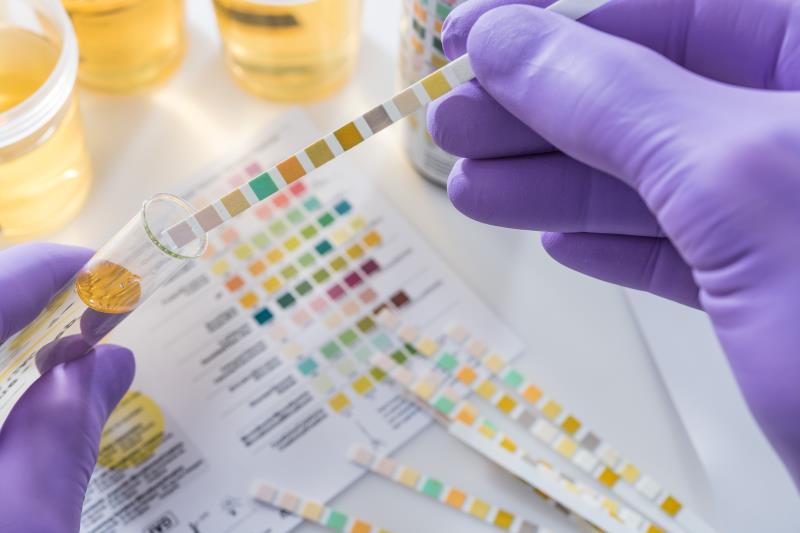Albuminuria strongly linked to primary open-angle glaucoma





Chinese patients with higher levels of albumin in the urine, regardless of kidney function, are likely to have primary-open angle glaucoma (POAG), as shown in a study from Singapore.
“To the best of our knowledge, other than the previous report from the Korean National Health and Nutrition Examination Survey (KNHANES) study, our study is one of the few which evaluated this aspect using population data,” according to a team of researchers from the Singapore Eye Research Institute.
The current analysis included 3,009 Chinese adults (5,963 eyes) aged 40–80 years, of whom 52 (75 eyes) had POAG. Participants with vs without POAG were older (mean age, 65.2 vs 59.0), more likely to be male (73.1 percent vs 49.6 percent), and had hypertension (78.9 percent vs 58.0 percent) or chronic kidney disease (15.4 percent vs 6.2 percent).
Additionally, those with POAG had greater urinary albumin-to-creatinine ratio (UACR; mean, 125.9 vs 43.7 mg/g), higher intraocular pressure (IOP; 17.0 vs 14.2 mm Hg), larger vertical cup-to-disc ratio (VCDR; 0.70 vs 0.40), and lower estimated glomerular filtration rate (eGFR; 77.8 vs 89.4 mL/min/1.73 m2).
In multivariable logistic regression models, each 50-mg/g increase in UACR was associated with 4-percent higher odds of having POAG (odds ratio [OR], 1.04, 95 percent confidence interval [CI], 1.01–1.07; p=0.003). [Br J Ophthalmol 2020;doi:10.1136/bjophthalmol-2020-315920]
Further analysis revealed that compared with normoalbuminuria, macroalbuminuria corresponded to an eight times greater likelihood of POAG (OR, 8.00, 95 percent CI, 2.97–21.54; p<0.001), whereas microalbuminuria showed no association with the eye disease (OR, 0.49, 95 percent CI, 0.19–1.29; p=0.150).
Finally, the association between macroalbuminuria and POAG was especially pronounced among individuals with diabetes (OR, 9.89, 95 percent CI, 2.49–39.30; p=0.001) and hypertension (OR, 8.39, 95 percent CI, 3.07–22.94; p<0.001).
The researchers believe that the present data provide further understanding on the pathogenesis of POAG. Noting that the presence of albuminuria potentially signals extensive systemic vascular damage, specifically microvascular dysfunction, they pointed out that the microvasculature supplying the optic nerve head structures may be compromised in individuals with elevated albumin levels in the urine. [BMC Nephrol 2016;17:82-82; J Hypertens 2018;36:1178-1187]
“[A]lbuminuria was also observed to be associated with retinal nerve fibre layer defect among individuals diagnosed with type 2 diabetes. Collectively, these possibly explain and in part support the link between albuminuria and POAG,” they added. [Ophthalmol 2015;122:976-981]
“Taken together, the above findings suggest that the association between albuminuria and POAG may only be present in individuals with severe kidney damage… Targeted POAG screening among individuals who were diabetic or hypertensive with concurrent presence of macroalbuminuria may be warranted,” the researchers said.
Nevertheless, additional studies are needed to validate the present data, given the wide CIs in our observed findings, they added.